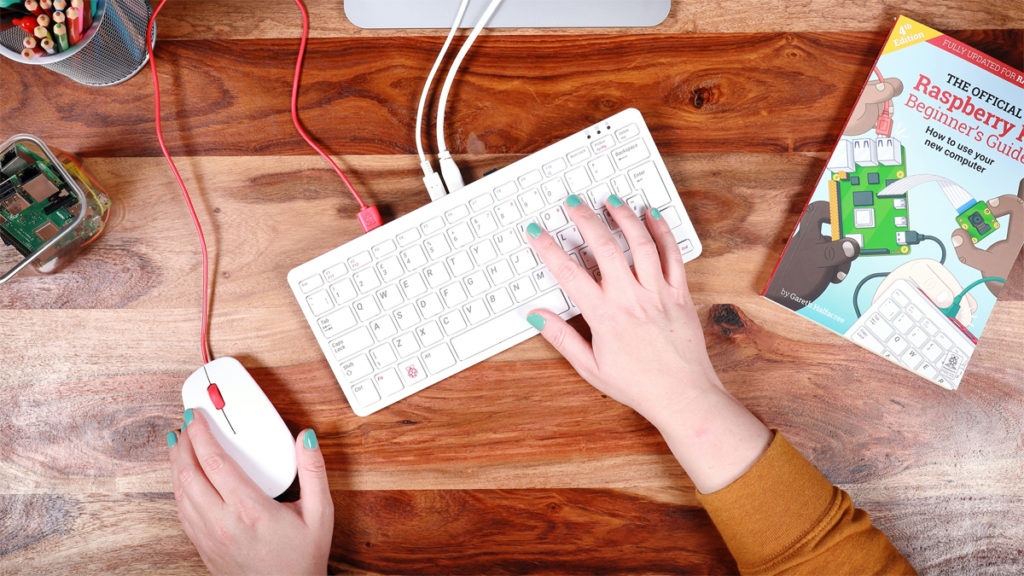Image: Raspberry Pi Foundation
What would you get if you stuffed a Raspberry Pi 4 into a typing device?
The Raspberry Pi Foundation provided an answer to that today with its latest release, the Raspberry Pi 400, which packs the impressive power of a Raspberry Pi 4 into a compact, white keyboard.
According to the Raspberry Pi Foundation, the Raspberry Pi 400 is powerful enough to function as a day-to-day system for basic tasks (e.g., surfing the web, editing documents) and is virtually “indistinguishable” from legacy PCs for most users.
What’s really neat is that the keyboard only costs $70, but users who want a more fleshed-out package can opt for the Raspberry Pi 400 Personal Computer Kit, which...
Continue reading...
